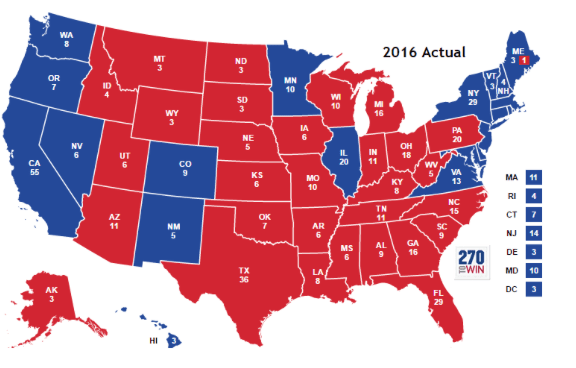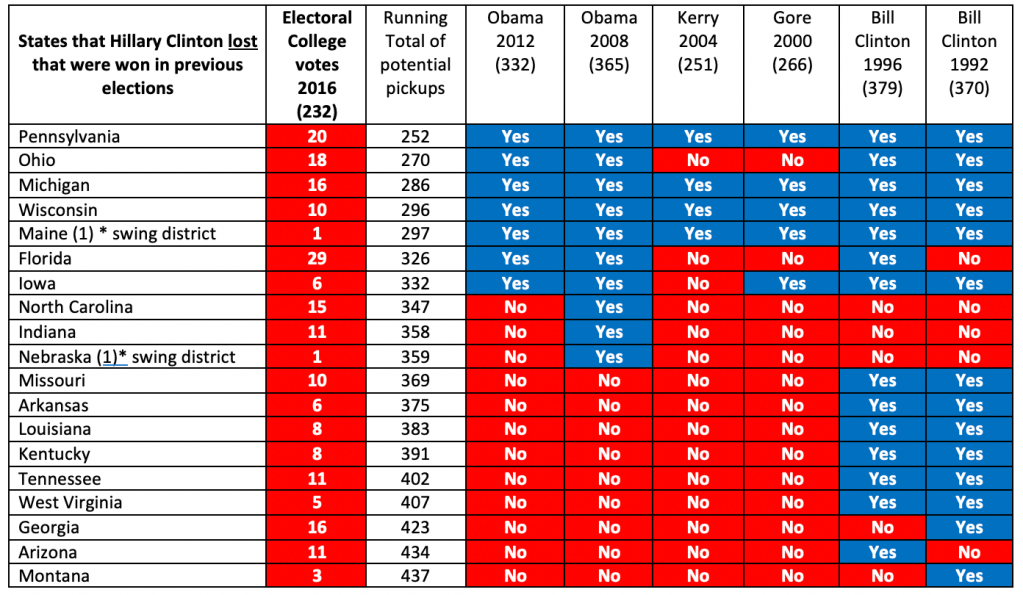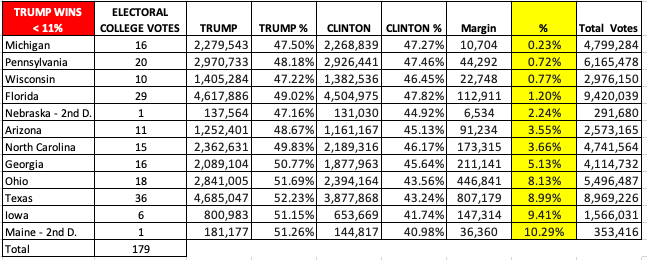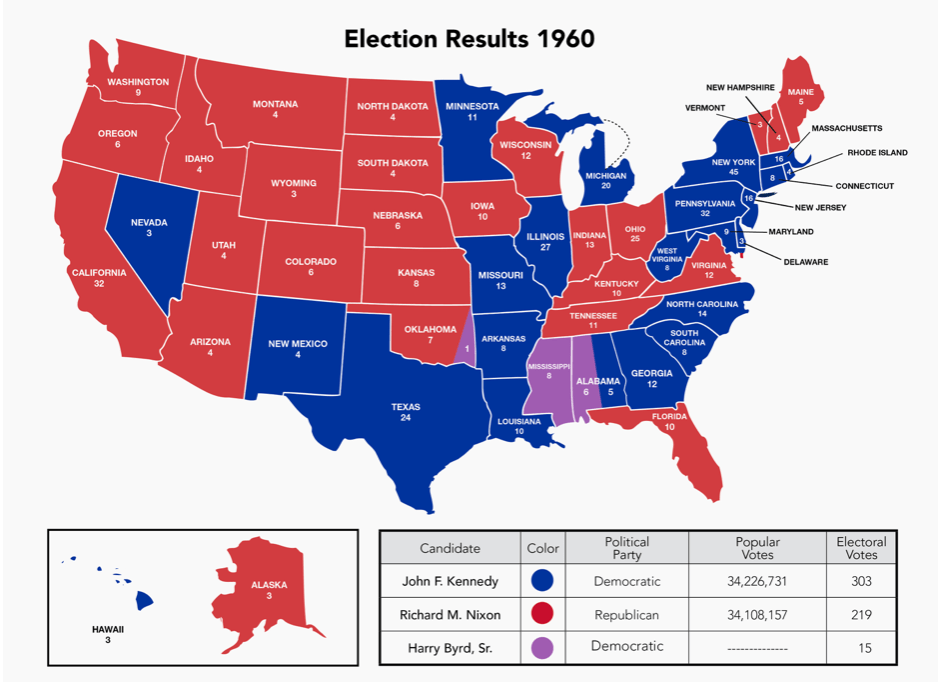It comes down to math: how slim is the margin and how many votes are outstanding? US election? No, we’re still Biden time waiting for the British Columbia final count.
In the seven closest seats where BC Liberals are leading, two require a slight deviation from Election Day results to flip the results to the NDP – Vernon-Monashee and Abbotsford-Mission.

Vernon-Monashee incumbent MLA Eric Foster leads by 0.9% while the pile of outstanding votes represents 31% of total ballots. Therefore, the NDP challenger needs to win the remaining pile by 2.1% to win (an overall swing of 3%). In Abbotsford-Mission, NDP challenger and Mission’s Mayor Pam Alexis needs to win the remaining pile of votes (29% of all votes) by 2.5%, a modest swing of 3.6% compared to the Election Day count.
The NDP needs to win the remaining pile of votes in Vancouver-Langara and Surrey-White Rock by 7% and 7.4% respectively, which would be swings of 12.8% and 11.7% respectively.
Surrey South, Kamloops-North Thompson, and Fraser-Nicola look on the outer realm of possibility given the 18%-20% swings required to flip the seats orange.
What about the ridings with slim NDP leads? ‘Everyone’ assumes the NDP have an advantage on mail-in and absentee, but there is one riding where the margin is razor-thin: Richmond-South Centre.

BC Liberal Alexa Loo trails the NDP’s Henry Yao by 124 votes or a 1.5% margin. While there are only 5,280 ballots to be counted, there were only 8,150 votes counted on Election Day. Almost 40% of the total votes are yet to be counted and Loo needs to win the remaining pile by 2.3%. This is when you wonder at what point in the campaign people cast their vote, and whether there might be cultural or demographic differences in the make-up of voters that push the outcome to Loo or Yao.
It’s a tougher slog for other BC Liberal candidates, who require double-digit swings in order to overtake their adversaries. In Vancouver-False Creek, over half of the votes are yet to be counted. Is there a Sam Sullivan factor given his high name recognition? He needs a 12.7% swing.
Parksville-Qualicum’s incumbent MLA Michelle Stilwell has the highest number of outstanding votes to be counted, among the close races. With 13, 308 outstanding votes, representing 42% of the total, Stilwell is hoping that her base of older supporters went to bed early and voted-by-mail. She needs a 12.2% swing. Similarly for newcomers Matt Pitcairn in Richmond-Steveston who needs a 12.1% swing to overtake the NDP’s Kelly Greene, while Margaret Kunst needs an 11.3% swing in Langley East to topple the NDP’s Megan Dykeman.
The riding of Chilliwack-Kent will resolve itself in the final count as incumbent MLA Laurie Throness trails the NDP’s Kelli Paddon by 195 votes or a 1.2% margin. Throness is no longer a part of the BC Liberal fold, but he may still benefit from votes cast by mail earlier in the campaign by voters who assumed they were voting for him on that basis. It will be one of the top 4 closest ridings to watch.






